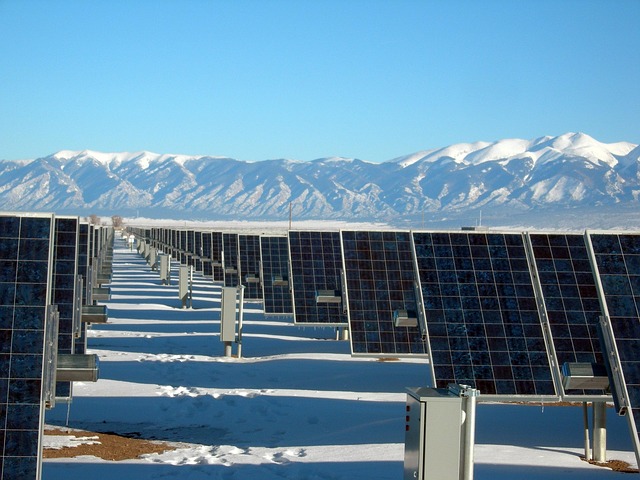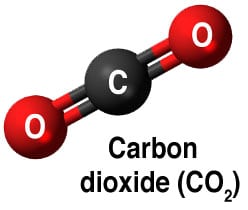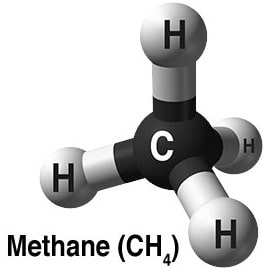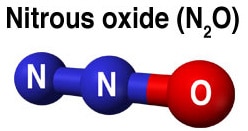What Is ESG Criteria Investment?

ESG (Environmental, Social and Governance criteria) and CSR (Corporate Social Responsibility) have become the investment buzzwords of the day. In fact, almost 90% of private equity is seeking to invest in businesses whose plans include CSR.
The reason why everyone is so involved in these topics right now is because from an Environmental standpoint, there is a general consensus that global warming is set to have devastating consequences for the planet and for hundreds of millions of people, if it continues at the current rate.
It is further believed that this global warming phenomena is caused by “greenhouse gas emissions”.
How do we know this?
According to NASA, certain “gases in the atmosphere block heat from escaping.” These gasses do not physically or chemically change because of temperature change, and are therefore described as “forcing” climate change.
Water vapor, as you should know, responds physically or chemically to changes in temperature, and is therefore seen as a “feedback”.
Now, if you plan to invest with an “ESG criteria”, then having only a general idea of what are “greenhouse emissions” is not enough. So, let us take a few minutes, concentrate, and learn a little more detail about these specific gasses. We need to be able to determine if a claim made by a company is valid or relevant.
Here is a list of the “forcers”
 Carbon dioxide (CO2). A minor but important component of the atmosphere, carbon dioxide is released through natural processes such as respiration and volcano eruptions, and through human activities such as deforestation, land use changes, and burning fossil fuels (cars and factories).
Carbon dioxide (CO2). A minor but important component of the atmosphere, carbon dioxide is released through natural processes such as respiration and volcano eruptions, and through human activities such as deforestation, land use changes, and burning fossil fuels (cars and factories).
Carbon dioxide emissions, 2017: is China, 9.3 gt (gigatonnes); United States, 4.8gt; India, 2.2 gt; Russia, 1.5 gt; Japan, 1.1 gt; Germany, 0.7 gt.
About 70% of the total energy derived in China comes from coal, which it buys from Australia.
Let us not forget also, that a certain amount of carbon dioxide is necessary and allows green plants to create the glucose nutrient they need to live to produce food and oxygen for human consumption.
 Methane. Much less abundant in the atmosphere, this is a gas produced both through natural sources and human activities. It is found in the decomposition of wastes in landfills, agriculture, and especially rice cultivation, as well as ruminant digestion (the cow family) and manure management associated with domestic livestock.
Methane. Much less abundant in the atmosphere, this is a gas produced both through natural sources and human activities. It is found in the decomposition of wastes in landfills, agriculture, and especially rice cultivation, as well as ruminant digestion (the cow family) and manure management associated with domestic livestock.
Methane is also emitted during the production and transport of coal, natural gas, and oil.
It has been estimated that global rice production is responsible for 11% of total emissions.
Overall, 60% of methane emissions are caused by humans and livestock animals, while natural sources such as wetlands cause about 40% of methane emissions.
Methane emissions, 2019: Russia, 12,361 kiloton (15.2% of global emissions); United States, 11,377 kt (14.0% of global); China, 3,563 kt (4.4% of global); India, 598 kt (0.7% of global); Brazil, 776 kt (1.0% of global); Indonesia, 735 kt (0.9% of global).
 Nitrous oxide. Liquid fertilizer, discharged through commercial and organic fertilizers, fossil fuel combustion, nitric acid production, biomass burning, and naturally, through rice cultivation.
Nitrous oxide. Liquid fertilizer, discharged through commercial and organic fertilizers, fossil fuel combustion, nitric acid production, biomass burning, and naturally, through rice cultivation.
Nitrous oxide emissions, 2017: Australia, 108.42 kilograms; Canada, 47.03 kg; New Zealand, 35.63 kg; United States, 29.56 kg; Russia, 23.77 kg; Spain, 15.88 kg.
Chlorofluorocarbons (CFCs). Completely man-made, now largely regulated in production and released to the atmosphere by international agreement for their ability to contribute to destruction of the ozone layer. The creation of these CFC’s has been mostly banned, with a spike discovered last year in China.
Based on this brief accounting now, a quiz:
- Which countries should be more concerned about their own “greenhouse gas emissions”, and which gas?
2. What financial markets should be more concerned about emissions?
3. If a major farm producer announces that they plan to “cut emissions”, do you applaud them or ask questions?
4. Jeff Bezos recently claimed a goal for 80% of “Amazon’s energy use to be renewable by 2024”.
Would it be better from an ESG criteria standpoint to invest in Amazon, or in Rivian, the EV startup from which Amazon plans to order 100,000 vans? Which would be more profitable?
- Oil and gas producers who can demonstrate that they are taking strong action to reduce methane emissions (CSR) can credibly argue that their resources should be preferred over higher-emission options. True or False?
- Are claims to reduce “greenhouse gas emissions to zero” reasonable?
Most of the answers can be easily found in this article. Numbers 4 and 5 are personal opinion (and extra research needed for #4) and the answer to number 6 is “no”, based on plant life’s need for a certain amount of carbon dioxide and the fact that it is a part of the human respiratory process!









